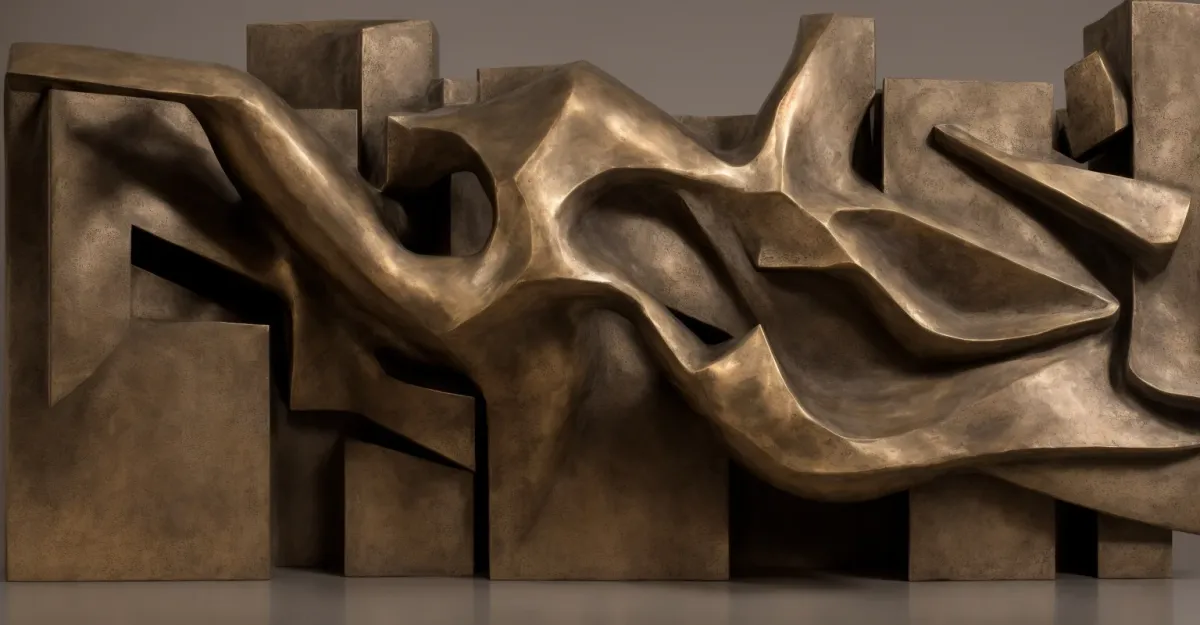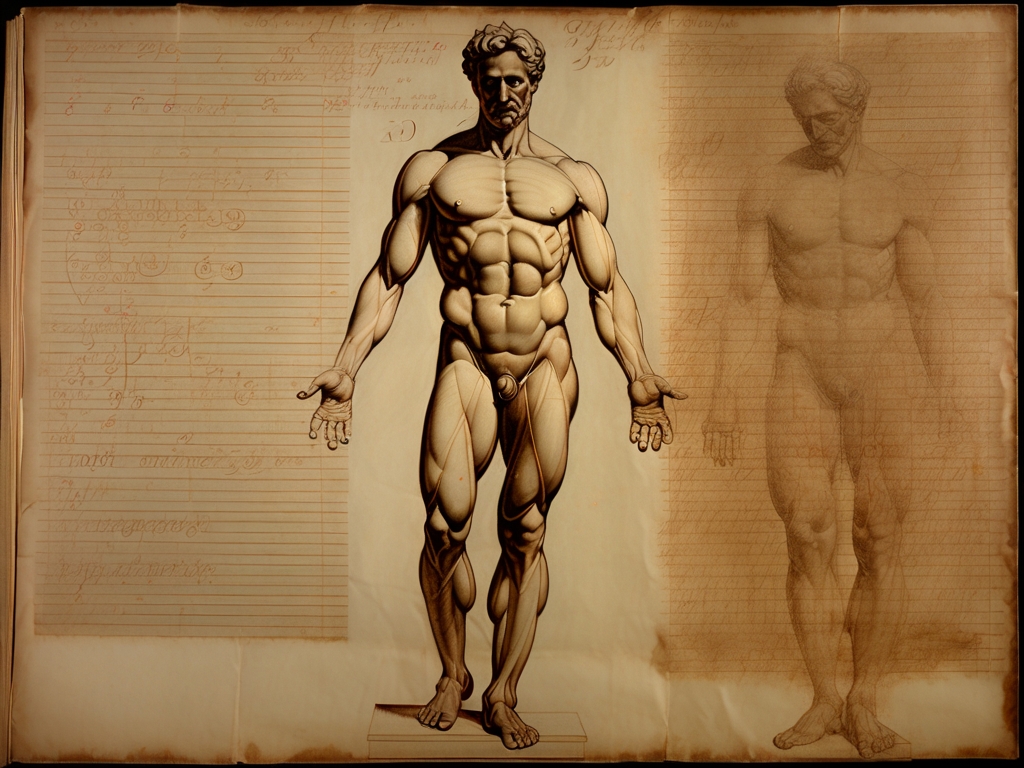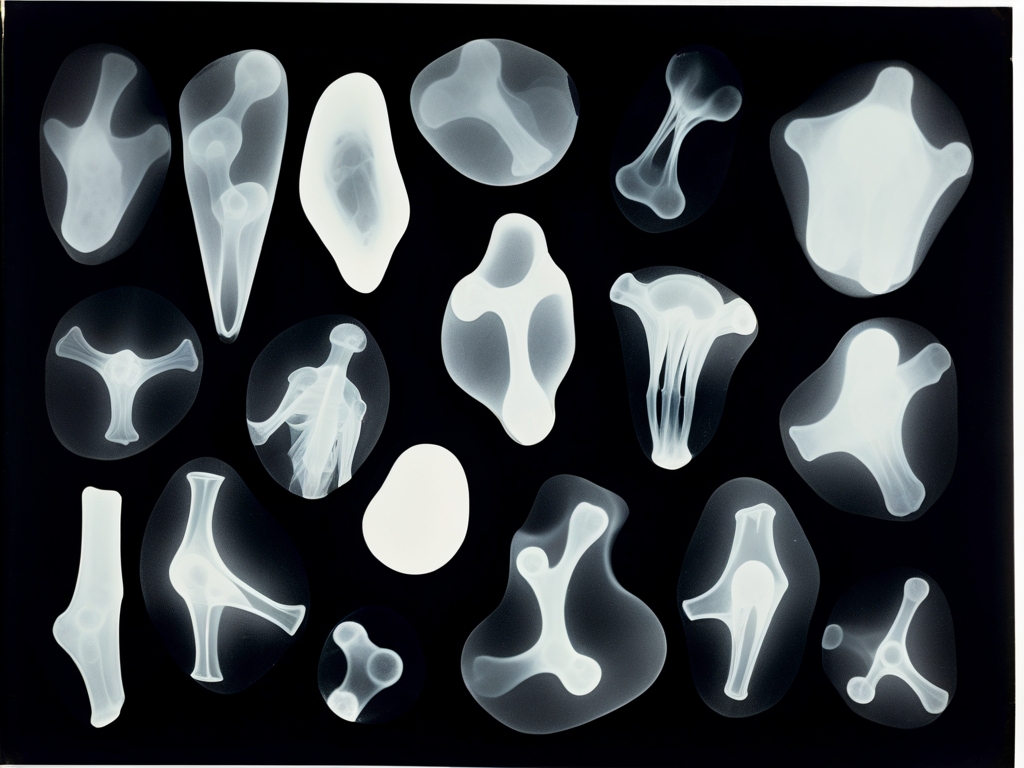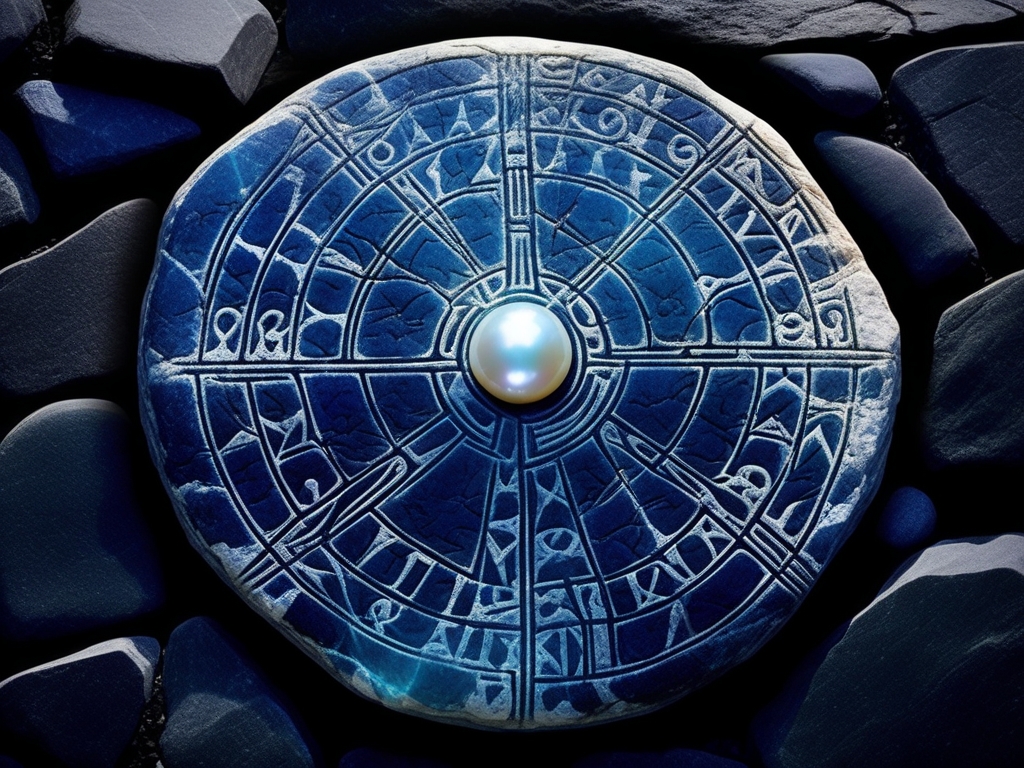Bound by Bronze

“Lament of the Forgotten,” a haunting masterpiece of early 20th-century modernist sculpture, serves as a gripping interplay between fluidity and geometry. Shaped from bronze in 1923, this piece stands as an evocative testament to the tumultuous two decades following World War I. The anonymity of its creator adds yet another layer to its commanding presence, inviting speculation about their perspective on the era’s existential discord.
The sculpture, with its twisting forms ensnared within harsh angular structures, resonates deeply within viewers, conjuring feelings of entrapment and yearning. The juxtaposition between organic curves and stark lines speaks to a broader conversation about confinement versus liberty—a theme essential to understanding societal shifts post-war.
Its otherwise stately existence seemingly harbors spectral reverberations recounted across generations. One tale suggests that during its inaugural exhibition in Vienna, anyone who touched it fell into unshakable melancholy for weeks on end. Witnesses recalled how certain asymmetries in the artwork seemed to pulse subtly when observed from varying angles—like a breathing entity trapped within bronze.
In 1932, Reinhard Dresdenburg—a reputable scholar—was tasked with transporting “Lament of the Forgotten” from one gallery to another. On his journey by train through southern Germany, Dresdenburg found himself consumed by inexplicable dread whenever near his cargo. The rhythm of train wheels elevated his apprehension until it crescendoed into raw terror upon glancing at reflections flickering across polished segments where others swore they saw faces contorted in silent wails.
“Every careful examination reveals concealed despair woven amongst its metal sinews.” - Eliza Thorncrest (Art Historian)
Herbert Altman’s encounter perpetuated this legacy many years later during World War II bombing raids over London while safeguarding evacuated artworks—including “Lament of the Forgotten.” In cold basements with ancient masonry dampened by burst pipes, Herbert reported hearing laments subtly moving through the air whenever floodlights cast shadows onto the sinuous recesses, eerily lifelike in their portrayal of suffering.
Countless spectators have emerged from dark galleries with confessions of being inexplicably aware of whispers echoing among other sorrowful titans in the Ravensfield Collection, all leading back to this transfixing centerpiece. This piece stands as a homage to unspoken voices, forever encrypted between its lines, poignantly uninterrupted by history.




